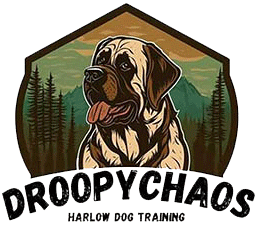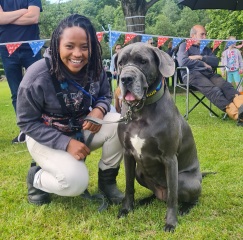**1. Use Positive Reinforcement:** Positive reinforcement is one of the most effective training methods for teaching a dog to walk politely on a leash. Reward your dog with treats, praise, or toys when they walk calmly by your side without pulling. Consistently rewarding good behavior helps reinforce the desired walking etiquette.
**2. Start with Basic Training:** Before going for walks, spend time training your dog in a controlled environment, such as your backyard or living room. Practice loose leash walking by encouraging your dog to walk beside you with a loose lead. Use treats and verbal cues to guide your dog’s behavior and reinforce the desired walking position.
**3. Be Patient and Consistent:** Training a dog to stop pulling on the lead takes time and patience. Consistency is key to success. Reinforce the rules every time you go for a walk, and avoid reinforcing unwanted behavior by giving in to pulling. With consistent training and positive reinforcement, your dog will learn to walk politely on a leash over time.
**4. Use a No-Pull Harness or Head Collar:** No-pull harnesses and head collars are designed to discourage pulling by redirecting the dog’s attention or applying gentle pressure to the chest or head when they pull. These tools can be effective in teaching a dog to walk calmly on a leash without causing discomfort or harm.
**5. Stop and Wait:** When your dog starts pulling on the lead, stop walking and wait for them to calm down before continuing. Use this time to regain your dog’s attention and reinforce the desired behavior. Consistently stopping and waiting when your dog pulls teaches them that pulling results in a halt in the walk, encouraging them to walk nicely beside you.
**6. Practice Desensitization:** Some dogs pull on the lead due to excitement or anxiety triggered by external stimuli, such as other dogs, people, or loud noises. Practice desensitization exercises to help your dog become more comfortable and relaxed in these situations. Gradually expose them to triggers while rewarding calm behavior to change their emotional response.
**7. Seek Professional Help:** If you’re struggling to stop your dog from pulling on the lead despite consistent training efforts, consider seeking guidance from a professional dog trainer or behaviorist. They can assess your dog’s behavior, tailor a training plan to address specific issues, and provide personalized guidance and support.
**8. Be Mindful of Your Own Behavior:** Dogs are highly attuned to their owners’ body language and energy. Stay calm, confident, and assertive during walks, and avoid tense or erratic movements that may increase your dog’s anxiety or excitement. Consistent leadership and clear communication help establish a positive walking routine.
By implementing these strategies and remaining patient and consistent, you can effectively teach your dog to walk politely on a leash, making walks more enjoyable and rewarding for both you and your canine companion.




